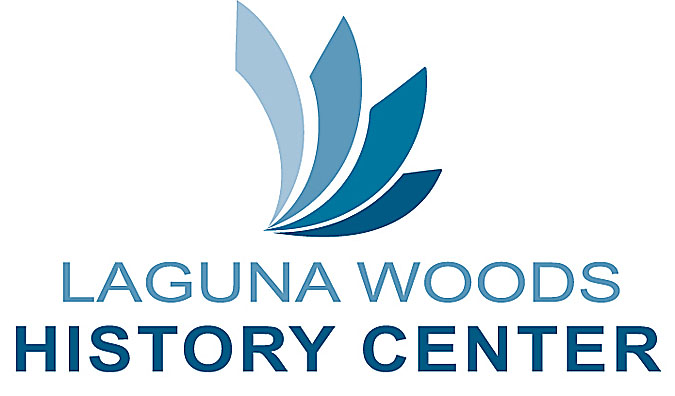TOUCHING THE PAST WITH STREET NAMES
by Don and Mary Decker
Spanish to English translation by Samadi Suarez Dixon
March 2010
The romance and stories of Laguna Woods are preserved in some very “concrete” ways. A walk or drive along our streets provides courses in the Spanish language, geography and history. You may find yourself amazed, amused, and enriched, whenever you stop and read the sign posts.
A variety of streets refer to Spain’s towns and provinces: Castilla, Cadiz, Aragon, Sevilla, Majorca, and Granada, to name a few.
Other streets provide Spanish descriptions of fair or beautiful locations: Via Buena Vista (good view way), Sosiego (calm), Monte Hermosa (beautiful mount), Punta Alta (high point), Via Serena (serene way), Via Dicha (happiness way), Jardin (garden), Via Alhambra (Alhambra way), Rayo del Sol (ray of sun), Campo Verde (green field) and Mariposa (butterfly).
Some streets suggest more amusing or curious references: Duenas (chaperones), Calle los Caballeros (street of the knights), Calzado (footwear), Cantante (singer), Via Carrizo (reed way), and Brazo (branch). Other streets have more descriptive names: Calle Iglesia (church street), Calle Azul (blue street), Via del Faro (lighthouse way), Luz del Sol (sunlight), Paseo del Lago (lake promenade), Bahia Blanca (white bay), Via Puerta (gateway), Cabildo (town council), Punta Algarrobo (carob tree point), and Alta Vista (high view).
Spanish ladies’ first names are: Carmenita, Magdalena and Elvira. Mexican place names are: Via Mendoza (Mendoza way) and Calle Sonora (Sonora street).
And then there are those roadways that reflect the stories of this place. One major thoroughfare adopted the name of the principal owner of Rancho Niguel, Lewis Moulton (Moulton Parkway). His ranch covered the area now occupied by Laguna Woods, Laguna Hills, Aliso Viejo and Laguna Niguel. It extended from El Camino Real (now the I-5 freeway) to the Pacific Ocean, covering 21,723 acres of farmland.
Another major street is El Toro, a name applied to this area as early as the 1860s. Some say that the bellows from the herds of cattle that moved around the Serrano home (the owners) caused the ranch hands to refer to the ranch as El Toro (the bull) although its real name was Rancho Cañada de Los Alisos. The Serrano house still stands on a knoll in Heritage Park at 25157 Serrano Road in Lake Forest. It was the arrival of the railway that prompted adoption of the name El Toro in some official way.
When a railway station and a post office were to be built, it was discovered that the designated name, Aliso City, was similar to several other locations. So, to be distinctive and unusual, the settlers asked that the station and town be called El Toro after the common name given to the ranch area. The name stuck until individual areas began incorporating and the voters had to choose names for their new cities. The results were Lake Forest, Laguna Woods and Rancho Santa Margarita.
Lewis Moulton’s two daughters also show up on some street names in their Spanish versions: Charlotte (Avenida de la Carlota) and Louise (Calle de la Luisa). These two Moulton family descendants continue to operate ranches in Northern California. Moulton’s wife, Nellie Gail, also has a nearby street named for her so that these two pioneers may continue to meet each day at that corner.
As we can see, our local street names reflect the historical significance of this area—originally possessed by the King of Spain, then claimed by the Governor of Mexico and finally American pioneers.
